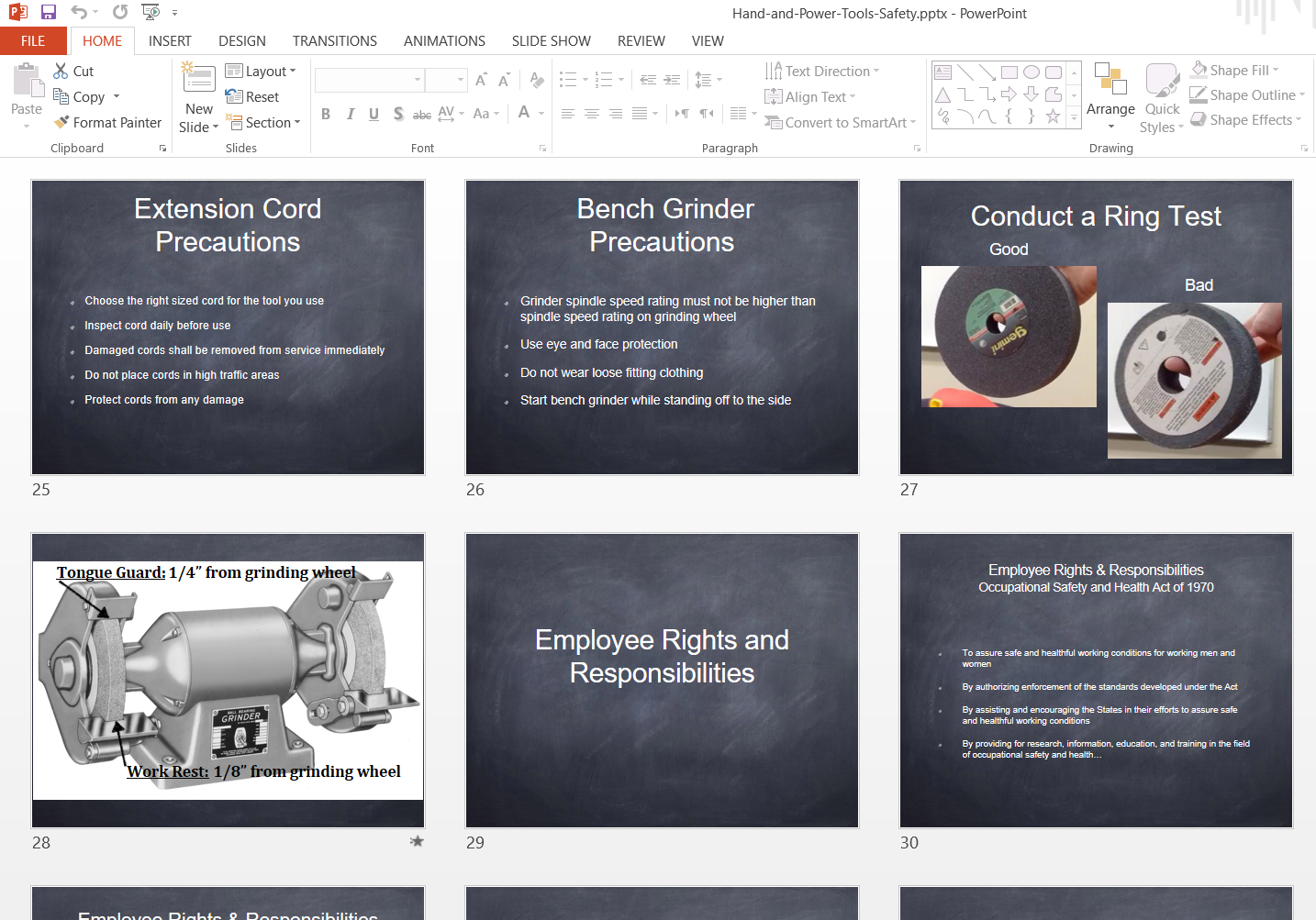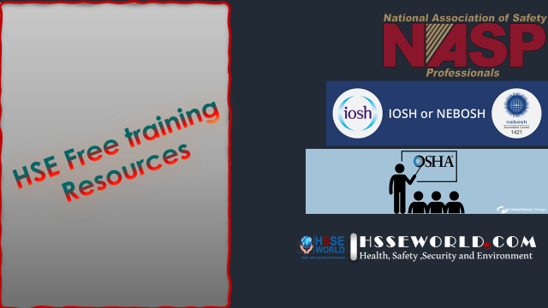Providing safety training in short bursts may help workers retain critical safety knowledge and procedures.

“Conjunction Junction, what’s your function?” is a phrase recognized by many American adults whose childhood spanned any part of the 1970s. This phrase was part of an initiative to weave the educational program “Schoolhouse Rock” into children’s Saturday morning television entertainment. Because of these efforts, almost 40 years later many adults who heard that phrase in their childhood can today not only recall what conjunctions are, but also how to use them in the English language and even cite some examples.
This is an excellent example of the effectiveness of what commonly is known as microlearning. While the brevity and catchy tune associated with “Conjunction Junction” are key elements to the success and longevity of this learning, the concept behind “Conjunction Junction” also is an example of a theoretically sound application of educational psychology. There has been a growing amount of attention paid to the concept of microlearning recently, particularly as it relates to safety training. What makes it different? What makes it effective? How does it stand up to educational psychology?
Difference
What makes microlearning different is how it offers a reconsideration of the traditional method and medium of training. More traditional training, especially on-boarding of new employees, often is seen as an intensive, one-time immersion into the safety, skills and culture of an organization. While this type of induction training likely is to remain, it is becoming apparent that there can be more effective ways to train, reinforce or adjust skills. Microlearning delivers training in approximately two-minute “bursts.” These bursts may encompass an individual skill or be part of a series of skills or knowledge.
Effectiveness
The “Schoolhouse Rock” approach to microlearning was effective because it incorporated key elements to capture the audience’s attention and be memorable. The designers of these programs sought to deliver instruction:
- In a manner familiar to the learner,
- In a medium the learner equated with pleasure and entertainment and
- In a short time frame, so the key learning points would not be diminished.
- This same approach is equally effective for workplace safety training. Traditional training primarily exists in three different methods: instructor-led training (ILT), eLearning and on-the-job training (OJT). Each of these methods greatly has benefited from advancements in technology and lower costs for video and kinetic graphic design, which have enabled microlearning opportunities to become much more available and effective.
The ease with which engaging, high-quality video can be created and streamed enables it to be seamlessly integrated within a training session. These advances also make new tools available for microlearning that can be used outside the training room, such as apps and QR codes for smartphones.
Organizations now are able to put information in front of workers quickly and conveniently. Important training can now be offered “just in time,” “just in place” and “just enough.” In other words, it can be made available to employees at the most opportune time when it can be most effective, at the ideal location where it is most pertinent and relevant and at a level of detail that easily is digestible and understandable. This enables companies to provide prescriptive training in advance of a potential problem.
To illustrate how such prescriptive training can occur, consider a high-rise construction worker on the job in a city that experiences significant temperature fluctuations. The worker wears a safety harness when working on the upper floors of the new building. In cooler weather when he or she wears more clothing, the safety harness is adjusted to fit differently than when the weather is warmer and workers wear less clothing. But the worker may not always readjust the safety harness so it fits properly. With this in mind, the construction company can distribute a microlearning video to workers before a significant change in the weather is forecast to occur with the goal of training employees about proper procedures for using a safety harness.
Educational Psychology
Bloom’s Taxonomy is something college students who studied psychology can recall. The model includes three domains where learning occurs: cognitive, psychomotor and affective. In the cognitive domain, there are six levels of function: knowledge, comprehension, application, analysis, synthesis and evaluation/judgment. Most employers want their workforces not only to know what to do and understand it at a comprehension level, but to be able to apply the new learning or skill to the job.
From a cognitive perspective, microlearning offers several benefits in the learning environment. Microlearning promotes small skill and awareness-level learning, enhancing comprehension of specialized, individual tasks that either are stand-alone, or part of a larger topic. For example, a training seminar on personal protective equipment frequently is a significant, two-day session. Clearly, microlearning would be ineffective for training workers about such a comprehensive subject. However, microlearning can be very effective for the specific subject of hearing protection, even enabling an organization to target and customize the microlearning to a specific work environment within an organization.
Further, microlearning enhances retention of training that is offered to workers. The biggest fear among trainers is that workers will forget important material soon after a session. Microlearning assists with learning sustainment by making an abstract point concrete for learners and demonstrating how a procedure that is taught applies to a worker’s daily job. Take, for example, asbestos awareness training.
Two hours of such training is required every year in certain industries. Utilizing microlearning enables the training to occur at intervals throughout the year and show how asbestos awareness applies directly to a worker’s daily responsibilities. By adding questions for the employee to answer at the end of each microlearning opportunity that occurs during the year, it also assists in reactivation of knowledge gained.
Lastly, microlearning can be a powerful tool to address the affective domain. This area of learning is correlated with retention and cultural norming. The combination of knowledge and skill transfer, coupled with cultural branding, increases the effectiveness of each. Learning is reinforced and associated with an organization’s cultural goals, thereby connecting it with and providing context within the desired environment. Microlearning offers companies an opportunity to promote corporate messaging and cultural priorities into each microlearning opportunity.
Effectiveness of Microlearning
Microlearning has shown to be effective, particularly in preventing routine task injuries. Walmart has developed a mobile app for its warehouse workers that includes brief videos focused on how to safely do basic tasks on the job, such as driving a forklift or positioning ladders. The number of injuries fell by almost half during a six-month trial period among 5,000 workers (“Corporate Training Gets an Upgrade for the Facebook Generation,” Fortune, 12/28/16). This is a great example of the effectiveness of the application of cognitive knowledge and skill transfer, but how can microlearning be applied to the affective domain by incorporating a company’s branding and cultural attitudes toward safety.
While working with Norfolk Southern railroad, DuPont was engaged to deliver a risk awareness/safety training program that uses a specific, individual risk assessment process for hazardous work. While this safety initiative was successful in giving workers a new tool for reducing risk, there was a concern that the initiative would not be sustainable. The solution was to develop a series of safety messages that combined the new approach to risk awareness and assessment with common tasks that had a history of causing injury. These safety messages were two minutes or less in length and highlighted proper techniques (lifting, climbing, situational awareness, PPE, etc.) while also reinforcing Norfolk Southern’s safety brand, “I am Coming Home.” As a result, Norfolk Southern achieved a reinforcement of their safety culture, their risk assessment approach and specific skills and procedures refreshers, all within a two-minute microlearning experience.
Microlearning increasingly is becoming a widely-utilized element of training and continuing education among organizations. It is important, however, not to view microlearning simply as an individual “chapter” of a larger training curriculum, but as a powerful tool that enables better engagement and retention of focused subject matter. Its ease of use and ability to target specific employees who have specific responsibilities at specific locations opens new avenues of training beyond the traditional seminar to promote year-round learning opportunities, which significantly can improve an organization’s safety performance.



